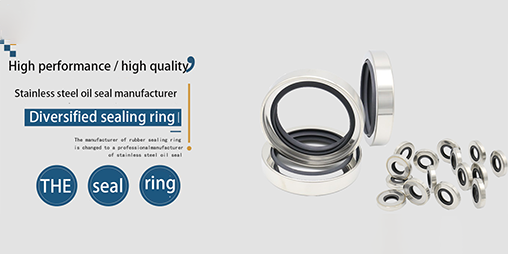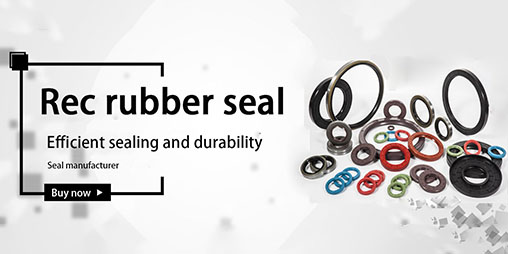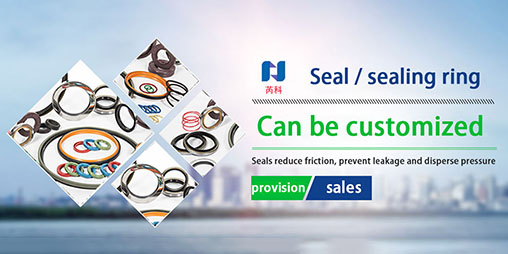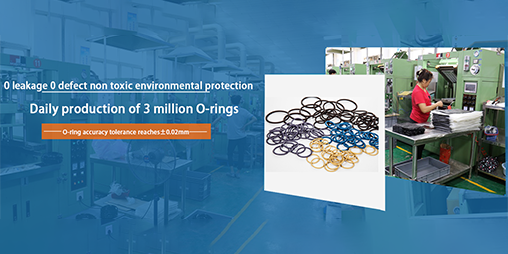基本信息
| 目录 |
|---|
折叠
概述
折叠
发展史
Silicone rubber was first synthesized by the United States with ferric chloride as catalyst. In 1945, silicone rubber products came out. In 1948, the silicone rubber reinforced by fumed silica with high specific surface area was successfully developed, which made the performance of silicone rubber jump to the practical stage and laid the foundation of modern silicone rubber production technology. The United States began to produce silicone rubber from the synthesis of dimethyldichlorosilane. Russia, Germany, Japan, South Korea and China. The industrialization research of silicone rubber in China began in 1957, and many research institutes and enterprises have successively developed various silicone rubber. By the end of 2003, China's silicone rubber production capacity was 135 kilotons, including 100 kilotons of high-temperature rubber.
折叠分类
高温硫化硅
High temperature vulcanized silicone rubber refers to the process of polysiloxane changing into elastomer, which is vulcanized at high temperature (110-170 ℃). It mainly uses high molecular weight polymethylvinyl siloxane as raw rubber, mixed with reinforcing filler and vulcanizing agent, and vulcanized into elastomer under heating and pressure. The reinforcement of silicone rubber is mainly various types of silica, which can increase the strength of vulcanizate dozens of times. Sometimes, in order to reduce the cost or improve the properties of the compound and endow the vulcanizate with various special properties, corresponding additives are also added. Vulcanizing agents are various organic peroxides or addition reaction catalysts.
折叠生胶种类及制备
In industry, alkali catalyzed polymerization and acid catalyzed polymerization are mainly used to produce silicone rubber. KOH and temporary catalyst [(CH3) 4noh, (n-c4h9) 4poh] are mostly used.折叠加工成型
The processing and forming method is shown in the figure. The purpose of primary vulcanization is to carry out the crosslinking reaction of polymer chain; The purpose of secondary vulcanization is to supplement crosslinking and drive away the decomposition products of vulcanizing agent and other volatile compounds, so as to stabilize the properties of vulcanizate. The common equipment are open mixer, kneader and vacuum mixer.
折叠主要性能
(1) High temperature performance. The remarkable feature of silicone rubber is high-temperature stability. Although the strength of silicone rubber at room temperature is only half that of natural rubber or some synthetic rubber, silicone rubber can still maintain certain flexibility, resilience and surface hardness at high temperature above 200 ℃, and its mechanical properties have no obvious change. (2) The glass transition temperature of low-temperature silicone rubber is generally - 70 ~ - 50 ℃, and the special formula can reach - 100 ℃, indicating its excellent low-temperature performance. This is of great significance to the aviation and aerospace industry. (3) Weather resistance Si-O-Si bond in silicone rubber is very stable to oxygen, ozone and ultraviolet. It has excellent weather resistance without any additives. (4) Electrical performance. Silicone rubber has excellent insulation performance, corona resistance and arc resistance. (5) Physical and mechanical properties. The physical and mechanical properties of silicone rubber at room temperature are worse than general rubber, but its physical and mechanical properties are better than general rubber at high temperature of 150 ℃ and low temperature of - 50 ℃. (6) Oil and chemical resistance. Ordinary silicone rubber has medium oil and solvent resistance. (7) Gas permeability. At room temperature, the permeability of silicone rubber to air, nitrogen, oxygen, carbon dioxide and other gases is 30-50 times higher than that of natural rubber. (8) Physiological inertia. Silicone rubber is non-toxic, tasteless, odorless, does not adhere to human tissue, has anticoagulant effect, and has very little reactivity to human tissue. It is especially suitable for medical materials.
折叠编辑本段室温硫化硅
The main difference between room temperature vulcanized silicone rubber and high temperature vulcanized silicone rubber is that it is based on Polysiloxane with small molecular weight, which can be vulcanized into elastomer with room temperature or a little heating under the action of crosslinking agent and catalyst. RTV silicone rubber is composed of base rubber, crosslinking agent, catalyst, filler, etc. In terms of packaging form, it can be divided into single component and two-component.
折叠基础胶
折叠单组份室温硫化硅橡胶
One component RTV silicone rubber is one of the main products of condensed silicone rubber. It is composed of base glue, filler, crosslinking agent, catalyst, plasticizer, pigment, etc. The base glue is α,ω- Dihydroxy polysiloxane. The filler plays the role of reinforcing, compatibilizing and giving special properties. There are many kinds of crosslinking agents, catalysts and other fillers, depending on market demand and product performance. The typical formula is shown in the figure.
折叠双组分室温硫化硅橡胶
Except for crosslinking agent, the ingredients of two-component RTV silicone rubber are the same as those of single component. Two component RTV silicone rubber usually uses tetraethyl orthosilicate or poly ethyl silicate as crosslinking agent, and the latter has high crosslinking speed. The vulcanization reaction is shown in the figure.
折叠室温硫化硅橡胶的应用
折叠
加成型液体硅
The addition liquid silicone rubber is mainly made of polydimethylsiloxane containing vinyl end as the base rubber, polydimethylsiloxane containing dimethyl chain link and methyl hydrogen chain link as the crosslinking agent and platinum complex as the crosslinking catalyst. Silicone rubber with network structure can be obtained by addition reaction of rubber with room temperature or heating under the action of catalyst.










